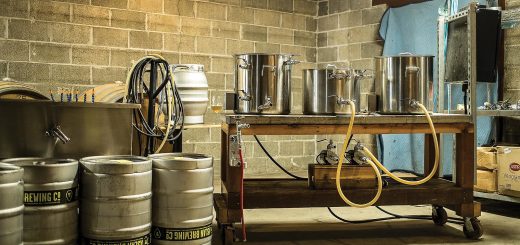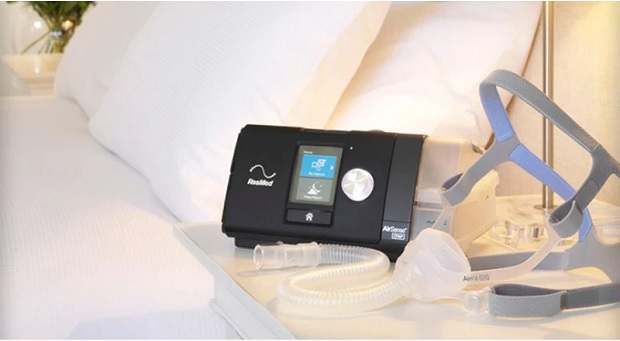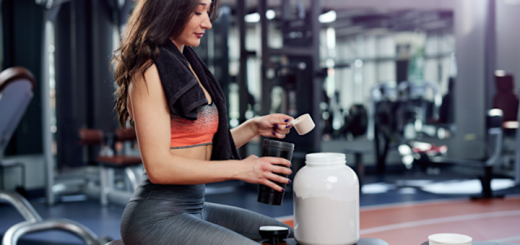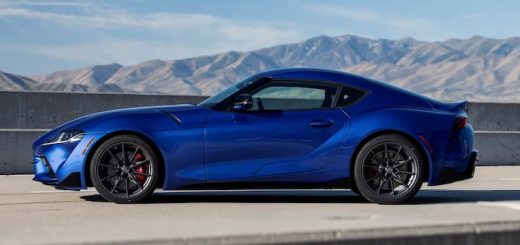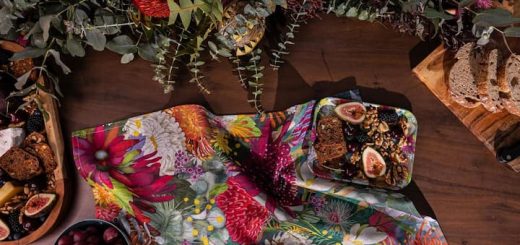Hoppy Hour: How to Brew Your Own Pale Ale
Is there something better than cracking open a cold beer on a hot day? Yes – sipping one that you have made yourself! With a bit of effort and a fraction of the cost of commercial beer, you can brew a thirst quencher with your own personal signature.
Among the most popular beers for the warm Australian weather is the pale ale, a golden to amber-coloured style of ale, brewed with ale yeast and pale malt. It’s a moderate-strength beer, between the dark stouts and lighter lagers, full of flavour, approachable but interesting. The hoppier, maltier and more bitter taste along with the lower alcohol content make it very easy to drink.
Origin and Styles of Pale Ale
The story of pale ales began in early 18th century England when brewers were looking for ways to make a more consistent and paler beer compared to the mostly consumed deep brown or black beers. Once the brewers found that using coke–processed coal that burns hot and steady- gave them more control in roasting the barley, they were able to produce the amber or copper hues of ale. Combining it with native hops they created a new style that quickly gained many fans. If you decide to home brew pale ale, there are various styles and flavours you can choose from.
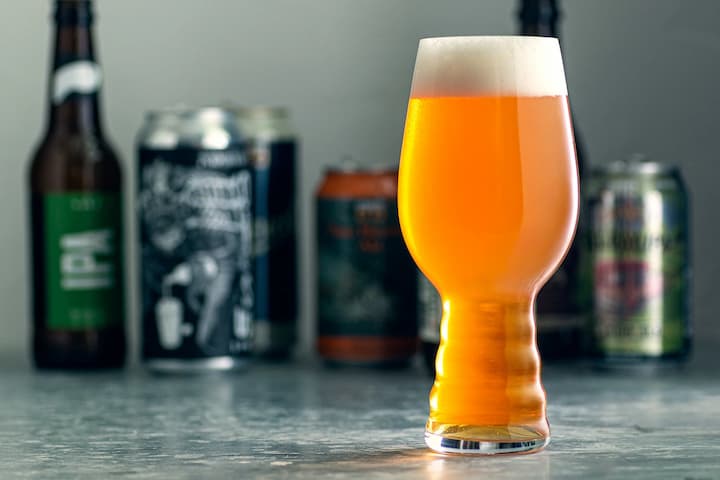
- The traditional British pale ale has bitter and extra bitter styles with pleasant and understated malty profile, lightly floral hops, some fruity notes and sweet aromas. The IBUs range from 20 to 35 and the alcohol content is between 3 and 4.2 %, and it has a light to medium body with a gold, amber or copper appearance.
- American pale ales have a more pronounced hop flavour and less maltiness, with higher alcohol content. They have a medium body with citrus and tropical fruit accents, and because of their home brewer friendliness, you can often find them in the pale ale kits.
- India pale ale has its origins in Imperial Britain and came out from the need to produce beer that could survive the six-month journey to soldiers stationed in India. The brewers came up with a stronger, heavily hopped beer that would age like wine before drinking. The Americans developed it into a style of its own with the rise of craft beer in the 20th century. Generally, it has amplified hoppiness and bitterness with IBUs that can reach 100 and alcohol between 7 and 11%.
- Australian pale ale can be defined in different ways, but the bottom line is that it’s made with Australian hops. Aromas vary from estery and floral yeast to stone fruit, melon, and tropical fruit flavours from the local modern hop varieties.
What Do You Need to Brew Pale Ale?
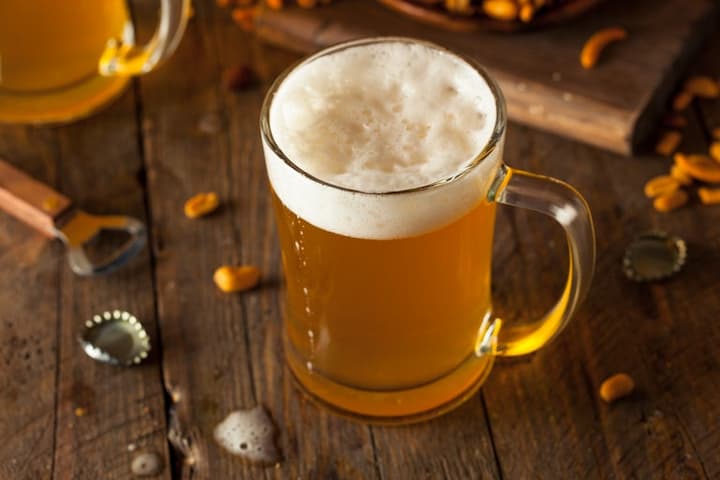
Now that you know more about your favourite beer, you can try and make your version of home brew pale ale and contribute to the rich history of this universal beverage. If you are a beginner in the home brewing craft the easiest way to start is by getting a pale ale brewing kit that contains all the necessary ingredients, recipes, and directions. Follow the instructions, at least during your first brews and once you get more experienced and confident, you can try adding your personal finishes.
Apart from the pale ale making kit, you also need some basic brewing equipment such as:
- Fermenter
- Airlock
- Brewing pot or kettle
- Siphon or tap dispenser
- Bottles, caps and capper
- Cleaning and sanitizing agents
- Hydrometer
- Long stirrer
This should cover the essentials, although there are pieces you might also need like a long stirring spoon, strainer and thermometer, and some fancier nice-to-have cool gadgets that can up your homebrewing game.
Often the kits to brew beer at home include brew enhancer and carbonation drops as well as yeast culture, so all you need to do is sanitize the equipment, add water, and start brewing. The next step is fermentation which usually takes around two weeks, and once it’s complete you can bottle your beer. Keep it in a dark place at room temperature for another week or two when it will be ready for tasting.
Serving and Food Pairings
Proper serving temperature is one of the finer details that can have a significant impact on the beer’s taste. The cold accentuates the bitterness, dryness and carbonation, while the warm beer brings out more flavours and scents.
The best temperature for serving pale ales is between 10 and 15° C, and to take full advantage of the IPA and American Pale Ale you can chill them to around 7° C. Many beer enthusiasts like to drink it from the traditional pint glass as served in a bar or restaurant, but most home brewers are happy to just drink it from the bottle.
The wide range of pale ale flavours means you can pair it with a variety of foods. Generally, the stronger variants go well with spicy dishes as well as blender dishes, and the hoppier pale ales agree with simpler dishes such as barbeque meat, salads and roasted chicken.
Final Thoughts
Pale ale is a sociable and quality beer that attracts even casual beer fans. It’s hard to top this mellow and balanced refreshing beverage. The impact of the hops and grain together with overall subtlety and well-roundedness is a perfect entry point for those who are just getting into beer as well as long-time beer lovers. Homebrewers tend to choose it often too, as it is simpler to produce and requires less investment. With your own brewing kit and a bit of persistence, you start the exciting journey of exploring the possibilities and creating flavours and tastes that will make your palate sing.
